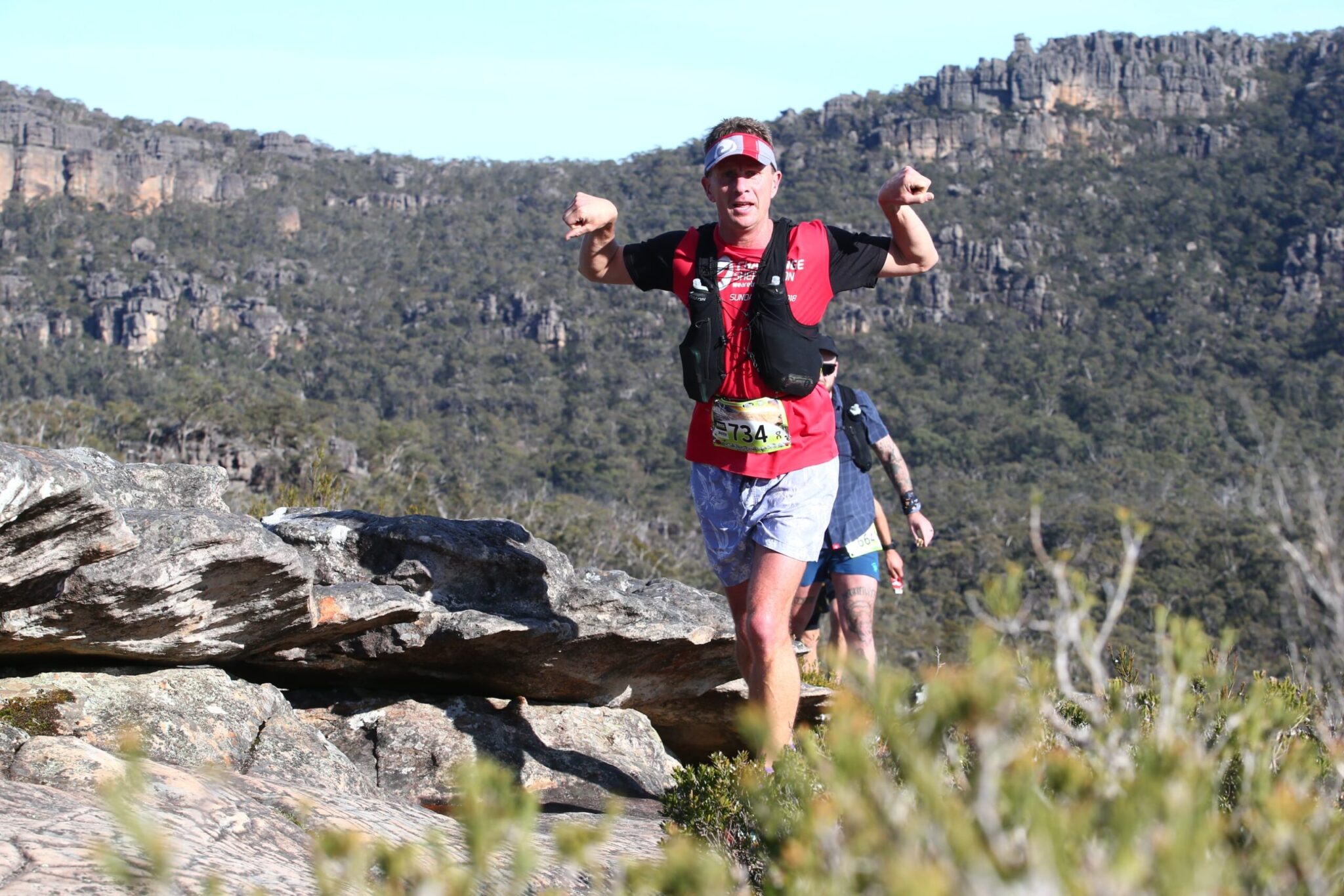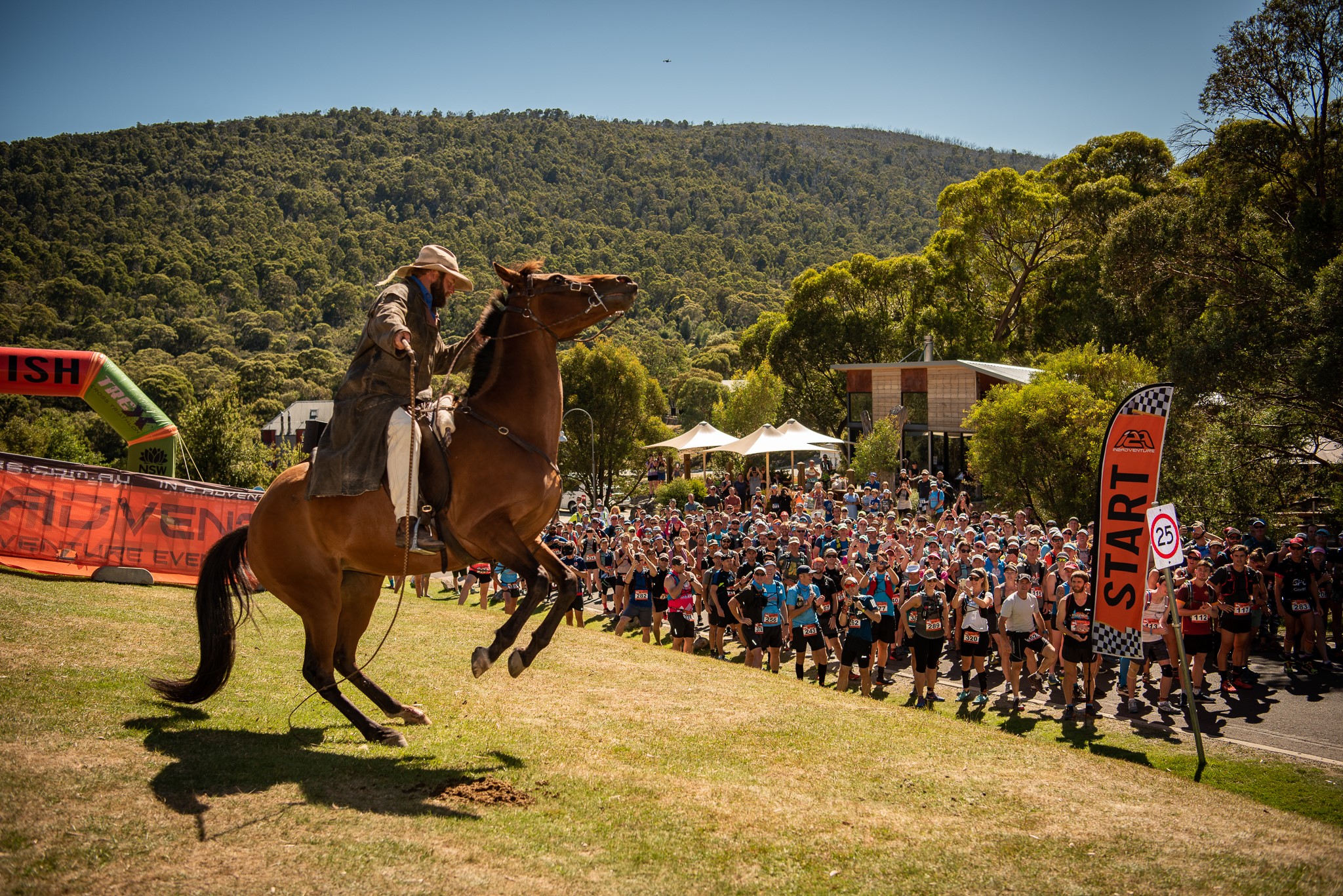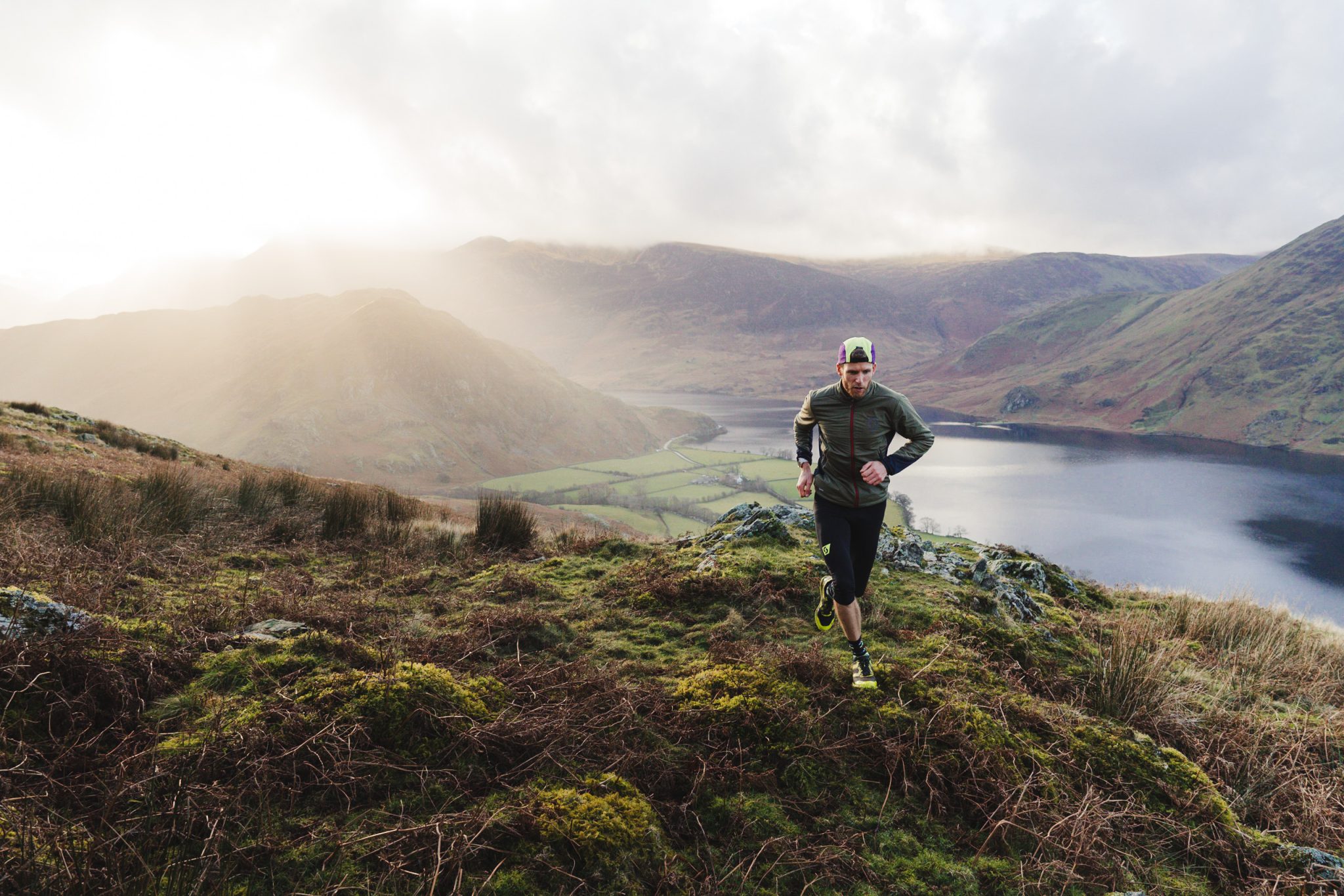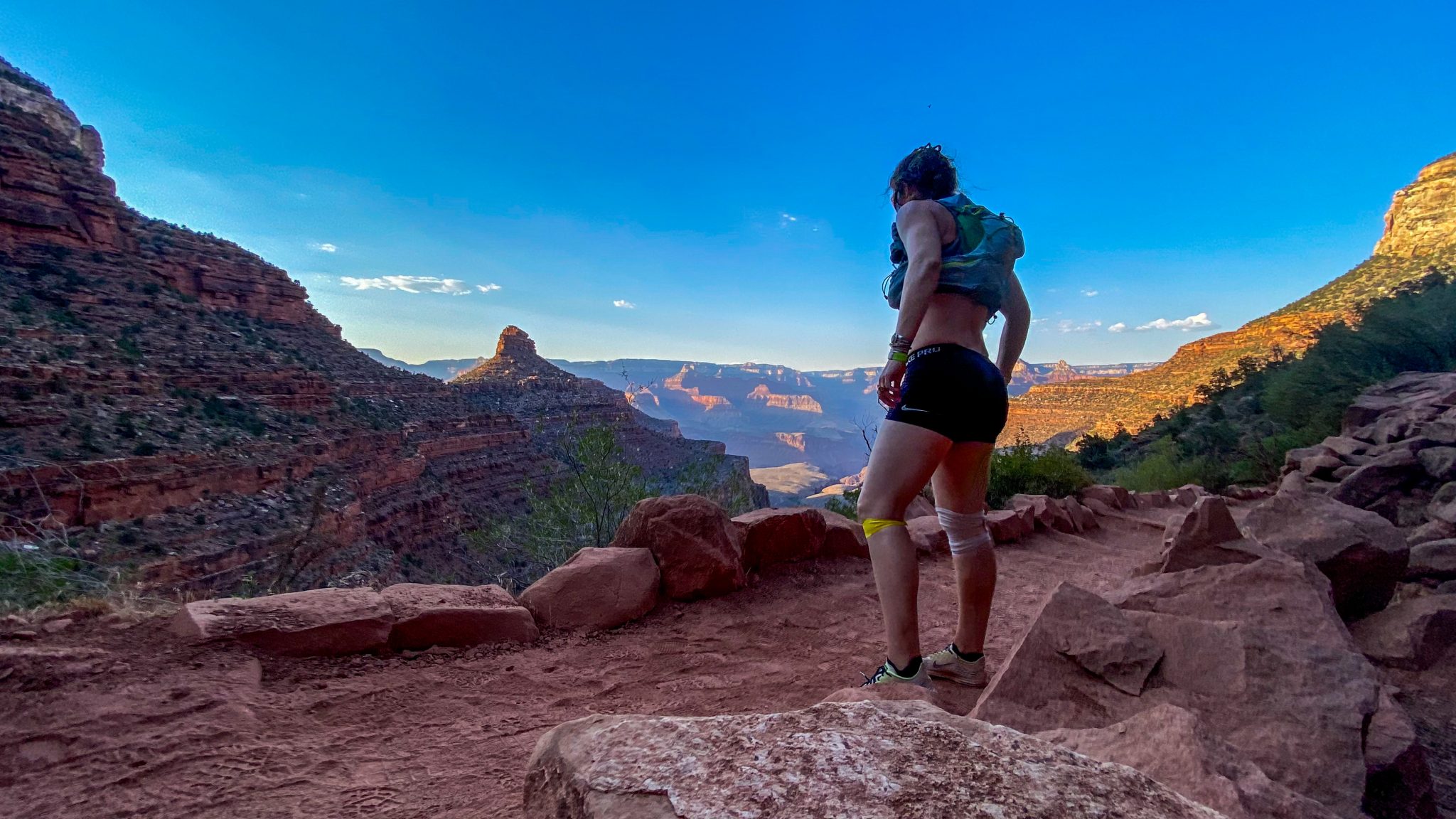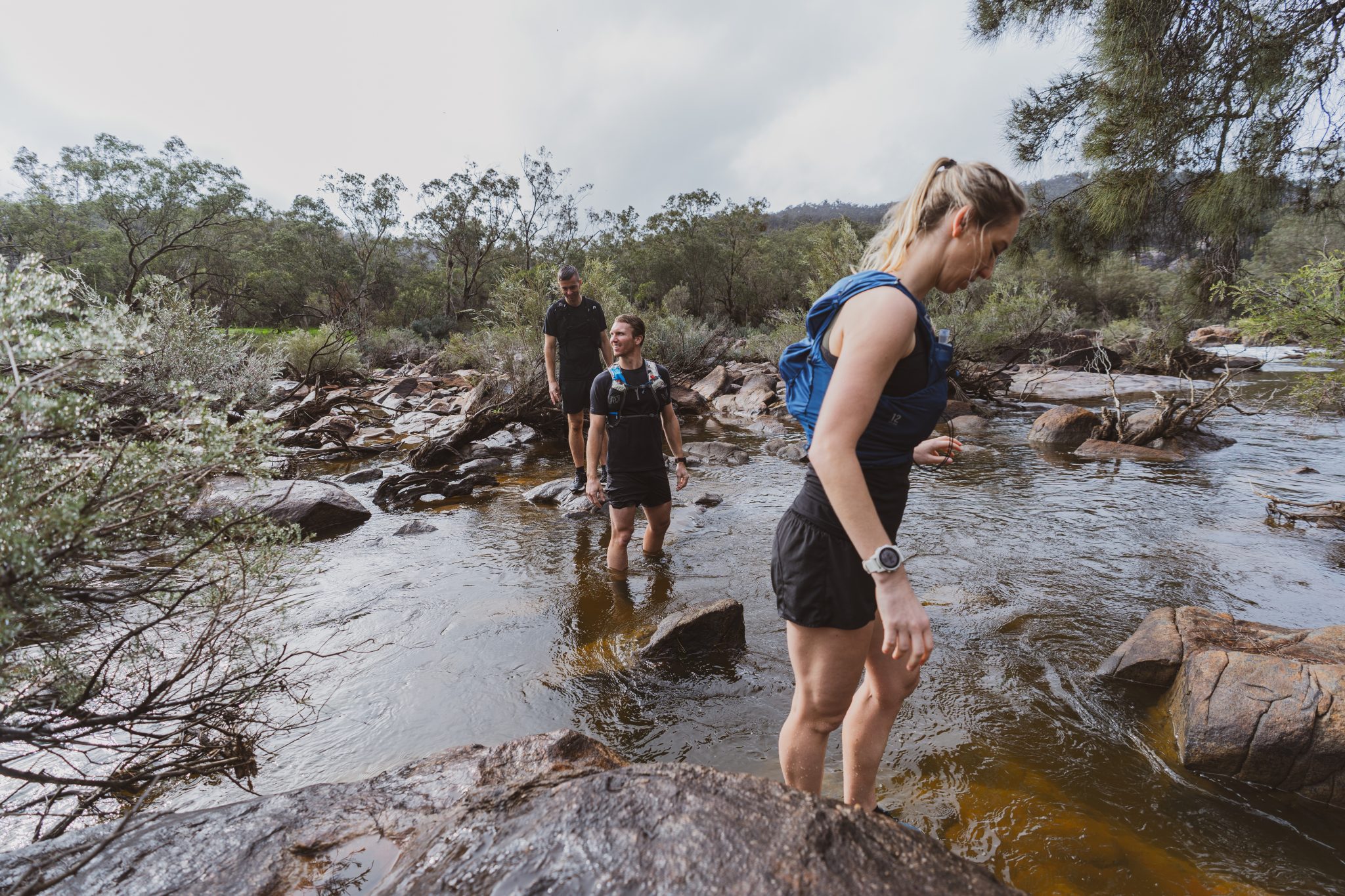TRM’s Euro-correspondent heads to the mighty Eiger Ultra to review an event considered a jewel in the Ultra trail World Tour crown.
According to Wikipedia (that oh-so reliable source of world knowledge):
“An ogre is a legendary monster usually depicted as a large, hideous, man-like being that eats ordinary human beings, especially infants and children. Ogres frequently feature in mythology, folklore, and fiction throughout the world.”
It is not surprising, then, that the Eiger Ultra Trail is named after the ‘ogre’ that overlooks it (eiger being German for ogre), particularly given the race often eats its participant runners alive.
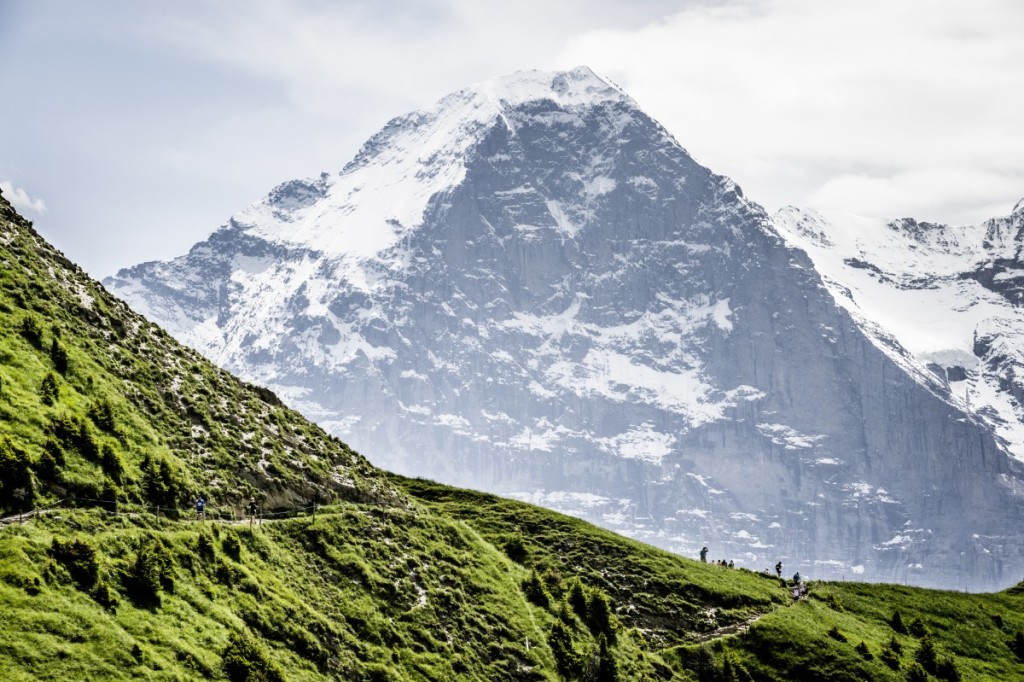
Established in 2013, and now the thirteenth stop on the Ultra Trail World Tour, the Eiger Ultra sees racers run in the UNESCO World Heritage-listed Swiss Alps Jungfrau-Aletsch region. At its heart lies the impressive Eiger, Mönch and Jungfrau rock massif and the glacial landscape surrounding the Great Aletsch Glacier. The race itself centres on the town of Grindewald, three hours via train (a stunning one at that as you circle the lake near Interlaken) from Basel, with the famous Eiger mountain looming, imposingly, 3970m above as the major draw card.
So what do you call people who are keen to race ultramarathon events, boasting a tonne of elevation, that sell out in under a minute? Eiger (okay, for those who missed it, Eiger is pronounced ‘eager’. Sorry, I had to). 2000 entries across three of the races at the festival were gone in under a minute each. It wasn’t until I arrived in Grindewald that I completely understood why this race was so popular.
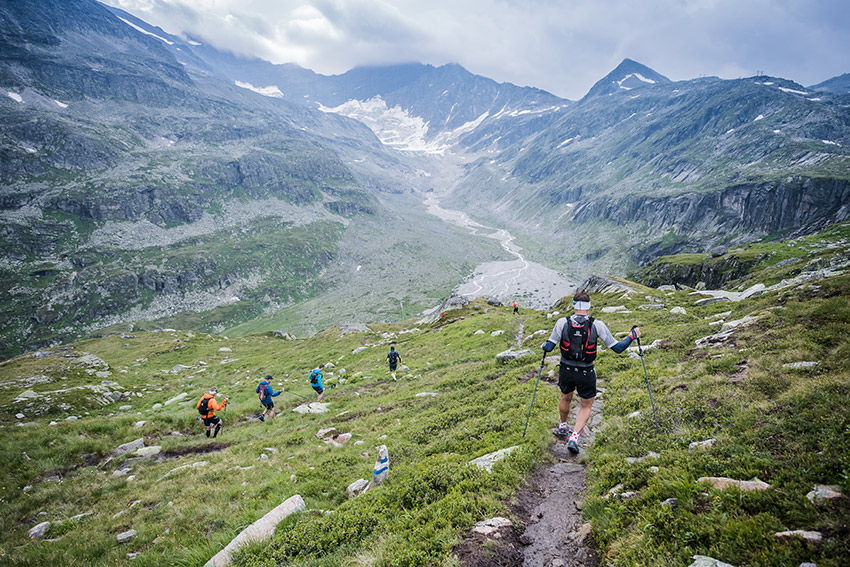
The way the town embraces the event was something that made runners feel very welcome, this include things like ‘welcome trail runners’ signs, most hotels putting on early breakfasts for race mornings and almost every restaurant having a ‘runners pasta menu’ the night prior to the race. In characteristically Swiss fashion, and in a way that really speaks to me personally, the festival runs seamlessly. The race routes themselves are, exceptionally well planned out and for the first year in a long time the customary thunderstorms did not arrive. These routes are marked year round, with some hotels being specifically aimed at vacationing trail runners (night washing, shoe care etc) and many trail running camps are held in Grindewald.
The Eiger ultra race festival leans heavily on the history of the region doing a great job of paying homage to much of what has transpired here in mountaineering terms. 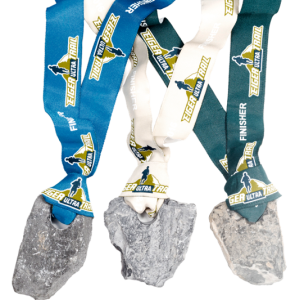 Drawing inspiration for the race from the original ascent of the Eiger and later ascent of the North Face of the Eiger (known as the ‘last problem of the Alps’), the mythology of the region was the genesis of the race. The course design does an exceptional job of highlighting many geographical aspects of the region in the courses with at least 20kms of the course having extraordinary views of the Eiger mountain itself and some very special views over Interlaken too.
Drawing inspiration for the race from the original ascent of the Eiger and later ascent of the North Face of the Eiger (known as the ‘last problem of the Alps’), the mythology of the region was the genesis of the race. The course design does an exceptional job of highlighting many geographical aspects of the region in the courses with at least 20kms of the course having extraordinary views of the Eiger mountain itself and some very special views over Interlaken too.
The homage to the history of the region is reflected in the race ‘medals’. Eiger limestone is famous in mountain climbing circles, and all ‘medals’ are actually stone, collected from the mountain and hand-prepared by a local mountain guide. Each medal represents the mythos of the Eiger and serves to remind each recipient of this unique race at its foot.
In what has become the norm rather than the exception, there are a variety of different race distances for all abilities. This year boasting the newest addition, “Trail Surprise” which I think is a novel idea that will soon see people signing up. ’The ‘Surprise’ element is that the altitude profile is only published three days before the race which is 10-15km with a height profile of 500-1000m. The nitty gritty is a surprise, the challenge being runners have to deal with whatever comes on the day – no meticulous race planning, no course recces!
One of the huge draw cards of European trail races is undoubtedly the aid stations. Whereas aid stations in many parts of Australasia are very utilitarian (chips, lollies, water), those in Europe are akin to a smorgasbord. The Eiger is no exception with 60kgs total of local cheese, 4000 bananas, 2600L of cola and a range of natural fruit and nut bars made by a local trail runner.
This is in addition to the standard European trail running course side entertainment/encouragement of alphorns, trychler, accordions and flag throwers. Not to mention the huge amounts of supporters making the trip to deserted corners of the course just to yell encouragement to you.
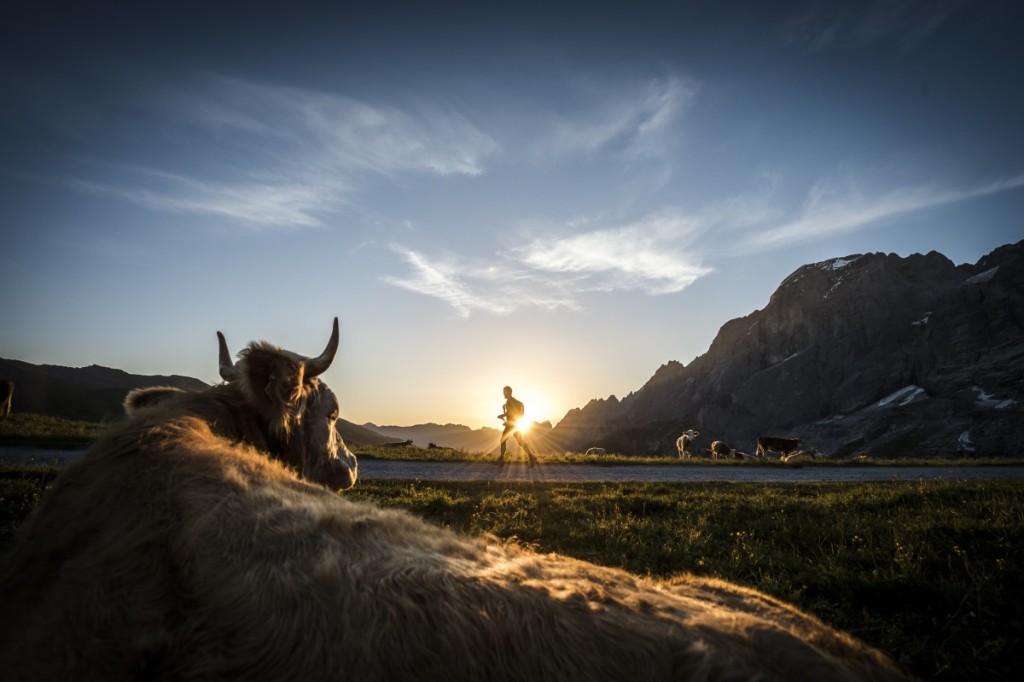
In something similar to what is starting to become more common at races, the ‘Quartz Club’, is a club a runner may gain entry to via having accumulated 500km of racing at the festival. Once entered, the club offers many special experiences to runners including special race bibs, a personal race number, guaranteed entry and more. With 20 members currently, I would be surprised if this number doesn’t continue to grow given the amazing atmosphere of the race festivities. The name is drawn from a book by one of the original four climbers to ascend the North Face in 1938 in which he describes the ‘Quarzriss’ (quartz crack) on the North Face. This is often said to be the trophy of the summit due to the rarity of quartz in limestone formations and difficulty of this section of climbing.
Aside from the allure of the international travel and ITRA points, European racing has some really special aspects (and I am not just talking about the 50m snow field section I got to ski/slide down as part of the race). I can assure you that you will be swiftly put in your place amongst these fields of very strong runners, with technical terrain rarely found in Australasia playing to locals’ strengths. Likewise, as mentioned, the general vibe, support and aid stations in Europe are unparalleled in my opinion. Beyond these, the multicultural and multilingual aspects of trail running in these regions highlight the beauty of a sport that has its own unique culture and language (a look of death on your face accompanied by a desperate whisper of ‘cola’ is universally understood within trail running).
The Eiger Ultra Trail 51km course (also, half of the 101km course), has some great climbing but is infinitely more runnable that I am accustomed to in many parts of the European trail running world making it ideal for the Australasian trail runner wanting to race in Europe. Additionally, it is optimally placed for a European summer get away for those wanting to escape a southern hemisphere winter.
The heavily multicultural nature of the Eiger is something that the organisers are keen to maintain and whilst not 100% confirmed there was significant insinuation that this would be a consideration in the new ballot system for the 2020 race, the natural progression for a race that has sold out in under an hour in 2018 and under three minutes in 2019. So look for some special dispensation for ‘international’ entrants in 2020.
RACE INFO
The Ultra Trail E101
101 kilometres / +6700 altitude difference / best time: 11:01


The Panorama Trail E51
51 kilometres / +3100 altitude difference / best time: 5:08 / Couple category


The North Face Trail E35
35 kilometres / +2500 altitude difference / best time: 3:33


The Pleasure Trail E16
16 kilometres / +960 altitude difference / best time: 1:15

Course for training is open 9 months a year
Trail Surprise –new race concept
’The ‘Surprise’ element is that the trail altitude profile will only be published 3 days before the race! / 10-15km with a height profile of 500-1000m / Friday of the event weekend

